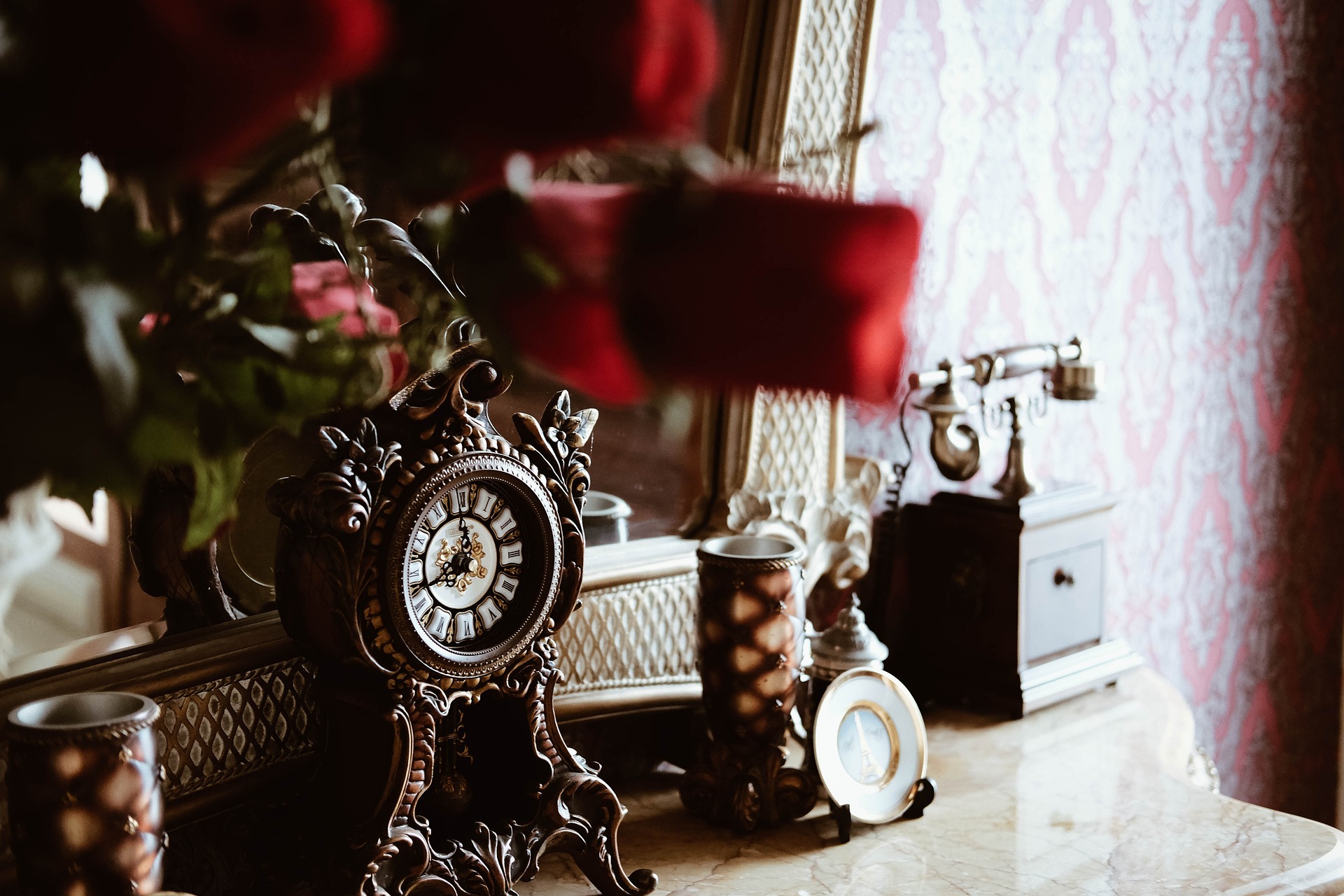Embracing the Grandmillennial Aesthetic: A Fresh Take on Traditional Design
The world of interior design is witnessing a charming rebellion against stark minimalism and ultra-modern aesthetics. Enter the Grandmillennial style – a delightful fusion of traditional elements with a youthful twist. This trend, championed by a new generation of design enthusiasts, breathes fresh life into cherished heirlooms and timeless patterns, creating spaces that are both nostalgic and contemporary.
The Origins of Grandmillennial Style
The term Grandmillennial, a portmanteau of Grandma and Millennial, was coined in 2019 by House Beautiful to describe a growing trend among younger generations embracing design elements typically associated with their grandparents’ era. This style is a reaction to the ubiquitous minimalism and Scandinavian-inspired interiors that have dominated the design landscape for years.
Grandmillennial style draws inspiration from various traditional design elements, including English country house decor, Southern American charm, and the opulent interiors of the 1980s. It’s characterized by a love for patterns, rich textures, and antique or vintage pieces that tell a story. The key is in the mix – combining these elements in a way that feels fresh and personal rather than stuffy or outdated.
Key Elements of Grandmillennial Decor
At the heart of Grandmillennial style is a fearless approach to mixing patterns and textures. Floral prints, toile, and gingham are no longer relegated to the realm of outdated decor but are celebrated and combined with modern elements to create visually interesting spaces.
Textiles play a crucial role in this aesthetic. Think plush velvet sofas, embroidered pillows, needlepoint accents, and richly patterned draperies. These elements add depth and warmth to a room, creating an inviting atmosphere that begs to be lived in and enjoyed.
Furniture choices in Grandmillennial interiors often include antique or vintage pieces with ornate details. A carved wooden sideboard might sit alongside a modern acrylic console table, creating an intriguing juxtaposition of old and new. Rattan and wicker elements are also making a comeback, adding texture and a touch of casual elegance to spaces.
Color Palettes and Patterns in Grandmillennial Design
While Grandmillennial style embraces bold patterns and rich textures, the color palette tends to be more subdued and sophisticated. Soft pastels, jewel tones, and warm neutrals form the foundation of this aesthetic. Think sage greens, blush pinks, deep blues, and creamy whites.
Patterns are a defining feature of Grandmillennial interiors. Floral prints reign supreme, from delicate chintz to bold botanical designs. Stripes, plaids, and checks are also prevalent, often mixed and matched in unexpected ways. The key to successful pattern mixing lies in varying the scale – combining large-scale prints with smaller, more intricate designs to create visual interest without overwhelming the space.
Incorporating Grandmillennial Elements into Modern Homes
For those interested in embracing the Grandmillennial aesthetic, start small by introducing a few key elements into your existing decor. A vintage oil painting in an ornate gilt frame can add instant character to a modern space. Swap out plain throw pillows for embroidered or needlepoint versions, or introduce a patterned area rug to anchor a room.
Consider updating window treatments with patterned curtains or roman shades. These can dramatically transform a space and add a layer of sophistication. Don’t be afraid to mix different styles of curtains within the same room – for example, pairing floral drapes with striped valances.
In the dining room, mix and match vintage china patterns for an eclectic tablescape. Display collections of porcelain figurines or vintage glassware on open shelving or in a glass-fronted cabinet. These personal touches add depth and story to your space.
The Art of Styling in Grandmillennial Interiors
Styling is crucial in Grandmillennial design. Unlike minimalist interiors where less is more, this aesthetic embraces the idea of layered, collected spaces. Bookshelves and mantels become opportunities for creative displays, mixing books with objects d’art, family heirlooms, and modern accessories.
Table styling is another area where the Grandmillennial aesthetic shines. Layer patterned tablecloths with embroidered placemats, mix vintage silverware with modern plates, and don’t forget the cloth napkins – preferably monogrammed for an extra touch of elegance.
Walls are not left bare in Grandmillennial interiors. Gallery walls featuring a mix of vintage and contemporary art, often in mismatched frames, add visual interest and personality. Wallpaper, particularly in bold floral or scenic patterns, is making a strong comeback and can transform a room from bland to grand.
Balancing Old and New in Grandmillennial Spaces
The key to successful Grandmillennial design lies in striking the right balance between traditional elements and modern sensibilities. While the style embraces vintage and antique pieces, it’s important to incorporate contemporary elements to keep the space from feeling dated or overly formal.
Consider pairing a traditional wingback chair upholstered in a bold, modern fabric with a sleek side table. Or place a contemporary abstract painting above an antique console table. These juxtapositions create visual interest and prevent the space from feeling like a time capsule.
Lighting is another area where modern elements can be seamlessly integrated. A contemporary chandelier or pair of sculptural table lamps can add a fresh, unexpected touch to a room filled with traditional furnishings.
The Future of Grandmillennial Style
As with any design trend, Grandmillennial style will continue to evolve. However, its core principles – a love for tradition, an appreciation for craftsmanship, and a desire for personalized, collected spaces – are likely to endure. This aesthetic speaks to a broader shift in design preferences, moving away from the idea of disposable decor towards investing in quality pieces that tell a story and stand the test of time.
The Grandmillennial trend also aligns with growing interest in sustainability and ethical consumption. By embracing vintage and antique pieces, and investing in well-made, timeless furnishings, this style encourages a more thoughtful approach to home decor.
As we look to the future, we can expect to see the Grandmillennial aesthetic influencing other areas of design, from fashion to graphic design. Its celebration of pattern, color, and personal expression offers a refreshing antidote to the often sterile world of minimalism, reminding us that our homes should be a reflection of our personal histories and the stories we want to tell.






